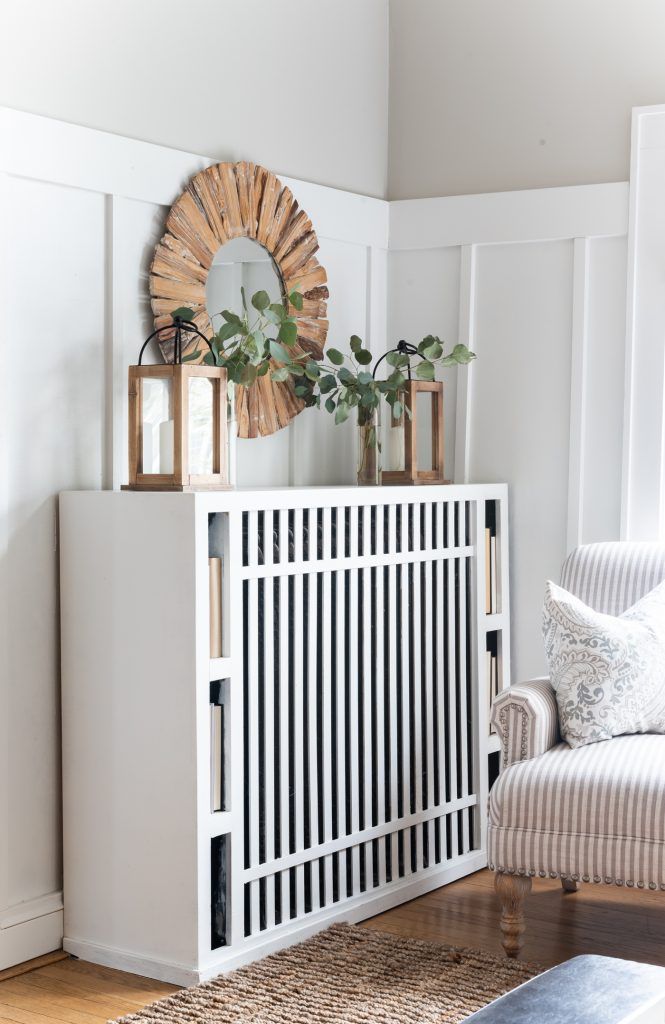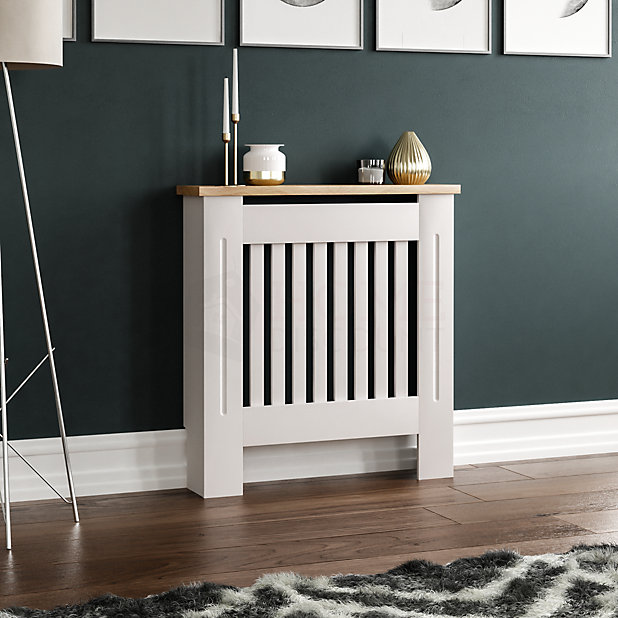Radiator Cover Solutions for Small and Big Areas
Radiator Cover Solutions for Small and Big Areas
Blog Article
Radiator Covers: Recognizing Products, Designs, and Advantages
Radiator covers offer both useful and visual functions within a home, supplying a range of materials such as hardwood, mdf, and metal to match various design choices. Choosing the appropriate radiator cover includes recognizing the nuances of products, styles, and their associated benefits.
Kinds Of Materials


Wooden covers, often crafted from hardwoods such as oak or maple, supply a classic, cozy look that enhances conventional insides. Their durability and capability to be discolored or painted add to their versatility. Metal covers, normally made from steel or aluminum, are preferred for their toughness and contemporary appearance, usually featuring smooth lines that improve contemporary areas.
MDF, a produced timber product, is prominent for its cost-effectiveness and ease of customization. It can be repainted or ended up to match existing decor while providing a smooth surface. Plastic covers, while much less typical, are light-weight and resistant to dampness, making them ideal for damp settings.
Ultimately, the option of material for a radiator cover need to line up with the home owner's design preferences, practical demands, and the details environment where the cover will certainly be installed. Each product supplies a distinct personality, making sure that there is a choice to fit every taste and setup.
Popular Layout Styles
Highlighting visual charm, popular design styles for radiator covers mirror a variety of preferences and interior decoration patterns. Traditional designs typically feature complex woodwork and elaborate outlining, making them ideal for vintage-inspired or classic insides. These covers typically include carved components, giving a warm and welcoming feel to any type of room.
In comparison, contemporary styles concentrate on minimalist visual appeals, identified by clean lines and understated sophistication. Materials such as steel or smooth timber with a smooth finish are typically used, enabling these covers to blend flawlessly right into modern-day rooms. Industrial styles, on the various other hand, welcome basic materials like exposed metal and concrete, including a vibrant declaration to loft or city setups.
For those seeking a special touch, bespoke layouts provide customization choices that provide to private preferences, allowing property owners to pick colors, patterns, and materials that match their decor. Furthermore, farmhouse-style covers integrate rustic components, featuring troubled wood and easy forms that stimulate a cozy, nation appeal.
Advantages of Radiator Covers
Radiator covers not just improve the visual charm of a room but additionally provide several functional advantages that make them a rewarding addition to any type of home. One of the main benefits is safety, especially in families with youngsters or pets. Covers minimize the threat of burns from warm radiator surfaces, guaranteeing a much safer atmosphere.
In addition, radiator covers can boost power effectiveness. By routing heat into the room instead of enabling it to leave, they assist preserve a constant temperature, lowering home heating prices in time. This is particularly valuable in older homes where radiator systems might be much less reliable.
An additional significant advantage is noise reduction. Radiators can often create undesirable audios throughout procedure, and covers can aid smother these sounds, adding to a much more serene living area. Radiator covers can be practical, providing additional storage space or display screen room, consequently taking full advantage of the utility of often-overlooked locations.
Last but this article not least, they can secure radiators from dust and particles, which can prevent effectiveness and increase upkeep requirements. With these integrated benefits, radiator covers become a functional service for boosting both the performance and style of any kind of home atmosphere.
Installation Factors To Consider
Installing radiator covers calls for cautious consideration to make certain both performance and safety and security (Radiator cover). Initially, analyze the measurements of your radiator and the surrounding space to make certain an appropriate fit. Exact measurements are critical; an ill-fitting cover can block warmth flow or develop safety and security threats
Following, assess the product of the cover. While timber provides visual appeal, steel options might give much better durability and warm resistance. Take into consideration the weight of the cover as well; much heavier covers might require extra assistance or supports to stay clear of sagging or damage with time.
Ventilation is another important facet. Covers should feature ample airflow to stop getting too hot and keep efficient home heating. Look for designs with slats or perforations that enable warmth to flow without obstruction.
Additionally, guarantee that the cover is safely installed to stop accidents, especially in homes with animals or kids. Radiator cover. It's a good idea to comply with the maker's installment standards very closely and, if essential, consult a professional for complex installations
Upkeep and Treatment Tips
Appropriate upkeep of radiator covers is crucial for guaranteeing their longevity and optimal efficiency. For painted or wood covers, consider an ideal polish or safety covering to maintain their appearance.
Inspect the covers periodically for signs of wear or damages, such as fractures or peeling off paint. Dealing with these concerns quickly can protect against additional deterioration. Ensure that the covers are firmly secured and look for any loose screws or fittings, as vibrations from the radiator can loosen them with time.
In colder months, prevent positioning hefty objects or attractive things in addition to the radiator covers, as this can hamper heat distribution and trigger unnecessary anxiety to the structure. Finally, think about seasonal maintenance by find more information removing the covers for comprehensive cleaning and assessment throughout warmer months when the heating unit is inactive. Embracing these simple care pointers will certainly enhance the performance and visual charm of your radiator covers, ensuring they offer their function properly for years to find.

Final Thought
In summary, radiator covers serve as aesthetic and functional improvements to property spaces. Cautious factor to consider of installment and maintenance additional makes sure the longevity and effectiveness of radiator covers in any kind of home setting.
Radiator covers serve both practical and visual functions within a home, offering a variety of materials such as metal, look at more info mdf, and wood to suit different design choices. Choosing the ideal radiator cover involves understanding the nuances of products, designs, and their connected advantages.Emphasizing visual charm, prominent style styles for radiator covers show an array of preferences and interior design trends.Radiator covers not only boost the visual appeal of an area however also use a number of functional benefits that make them a rewarding enhancement to any kind of home. Think about the weight of the cover as well; heavier covers may require additional support or reinforcements to prevent sagging or damages over time.
Report this page